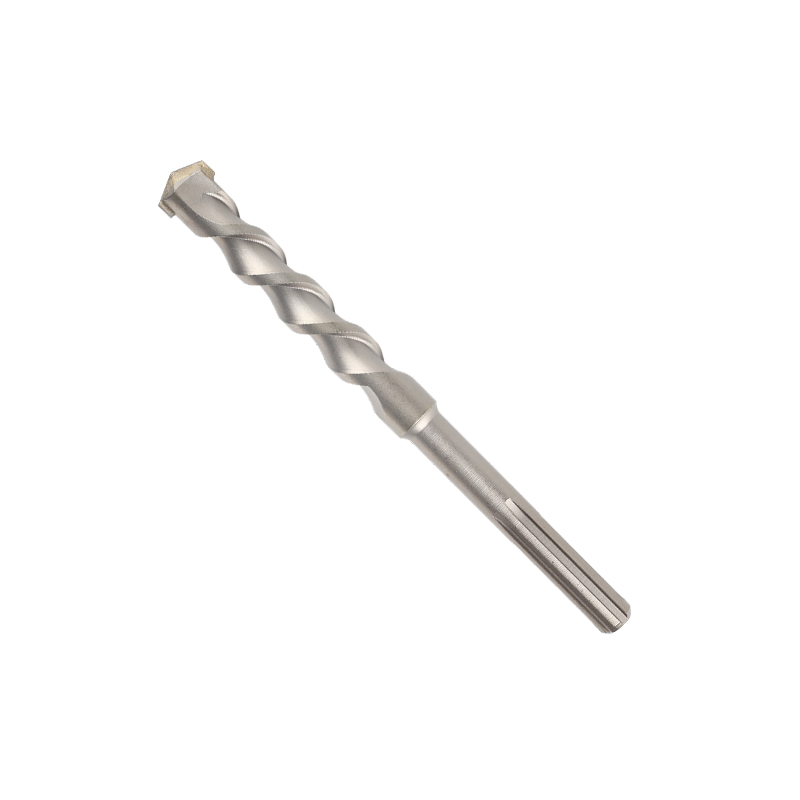2025-08-26
The Significance of Impact Force in SDS Plus Hammer Drills
The SDS Plus Hammer Drill is a versatile tool commonly used in construction and renovation projects for drilling into hard materials such as concrete, brick, and masonry. One of the important features of this tool is its impact force, which determines how effectively it can break through tough surfaces. Proper adjustment of the impact force is essential to balance drilling speed, precision, and tool longevity. This article explores how impact force can be controlled on an SDS Plus Hammer Drill and the benefits of doing so.

Mechanisms for Impact Force Adjustment on SDS Plus Hammer Drills
Many modern SDS Plus Hammer Drills feature built-in mechanisms that allow users to adjust the hammering power. This adjustment can be made through a physical dial, switch, or electronic control interface. By increasing the impact force, the drill delivers stronger hammering blows per minute, which is useful for tackling dense materials. Conversely, lowering the impact force reduces the hammer action, making the drill suitable for softer materials or more delicate tasks. Some drills also include a mode selector that allows switching between rotary-only and hammer modes, further enhancing versatility.
Benefits of Adjusting Impact Force
Adjusting the impact force provides significant advantages. When working on hard materials such as reinforced concrete or thick masonry, a higher impact force speeds up drilling and reduces operator fatigue. For softer materials like brick or plaster, lower impact force prevents unnecessary damage and helps maintain control. Additionally, fine-tuning the impact force helps protect the drill bit from excessive wear and extends the tool’s overall lifespan. It also allows for better precision in tasks requiring careful handling, such as installing fixtures or drilling near edges.
Practical Tips for Impact Force Adjustment
To make effective use of the impact force adjustment, users should assess the material and job requirements. Starting with a moderate impact setting is advisable, increasing it gradually if the drill struggles to penetrate. It is important to avoid using impact force indiscriminately, as excessive power can cause cracking or chipping in fragile materials. Consistent pressure and a steady hand also complement the correct impact setting to achieve clean and efficient drilling. Using the appropriate SDS Plus drill bits designed for hammer drilling further optimizes the effectiveness of the adjusted impact force.
Considerations for Different Applications
The ability to regulate impact force makes the SDS Plus Hammer Drill adaptable to a wide range of applications. For demolition or heavy-duty drilling, impact settings are often necessary. However, when drilling holes for anchor bolts or installing electrical boxes, a lower impact force helps ensure accuracy and prevents surface damage. Some drills even allow incremental adjustments to impact power, providing users with precise control tailored to their specific tasks. Understanding when and how to adjust this setting is key to improving the tool’s versatility.
Conclusion: Mastering Impact Force Control for Enhanced SDS Plus Hammer Drill Performance
In summary, the ability to adjust impact force on an SDS Plus Hammer Drill is a crucial feature that significantly enhances its utility across various construction and renovation tasks. By properly controlling the hammering power, users can optimize drilling speed, precision, and tool longevity. Familiarity with the adjustment mechanisms and thoughtful application based on material type ensures efficient, safe, and high-quality results. Mastering this control not only improves the user experience but also protects the investment in this powerful and essential tool.